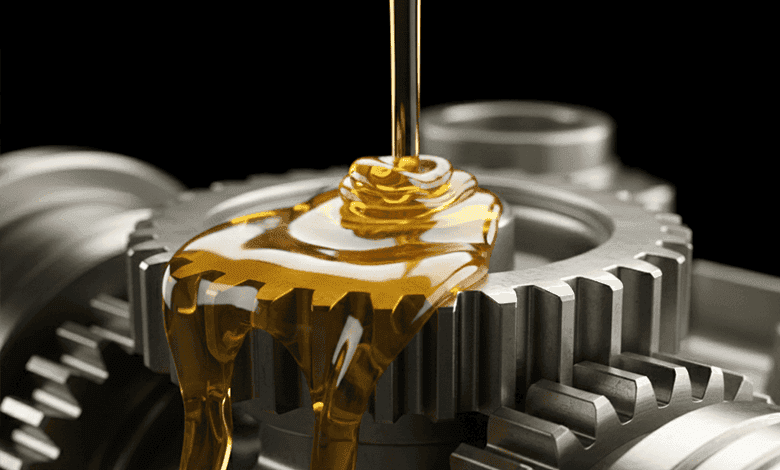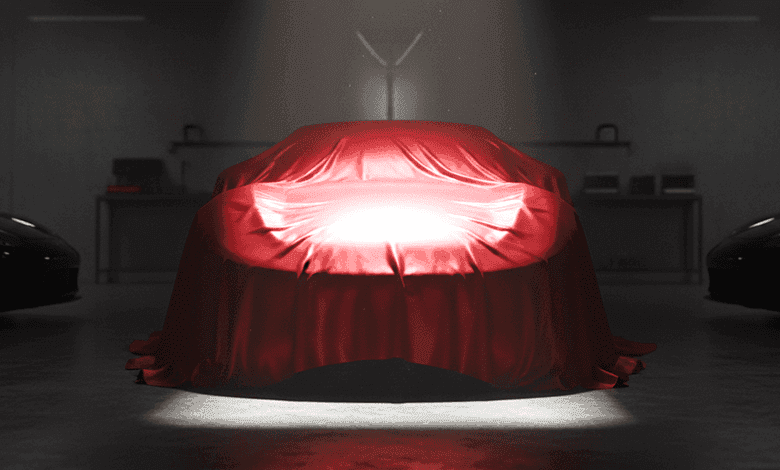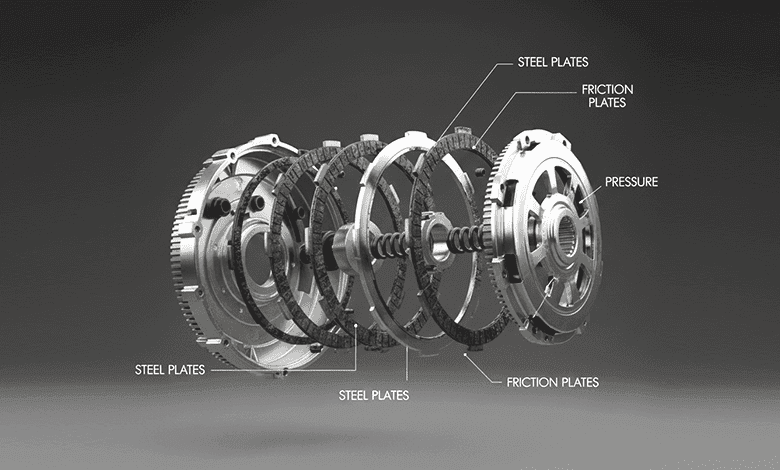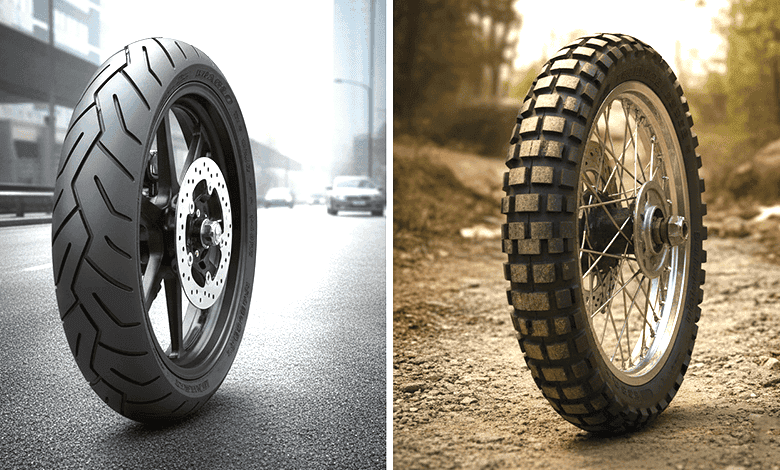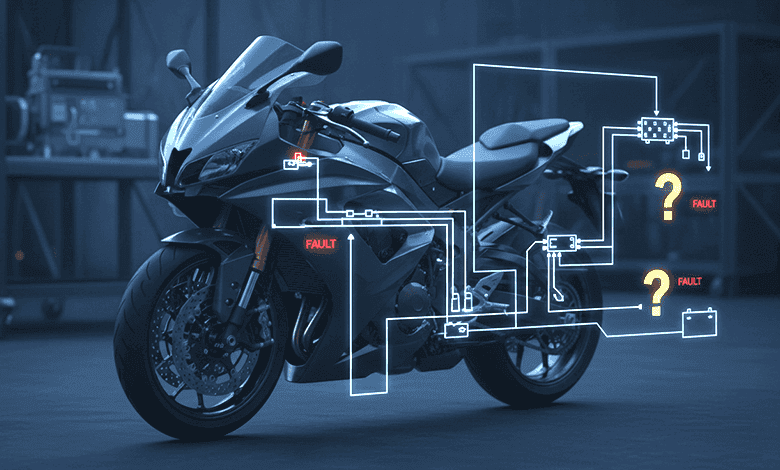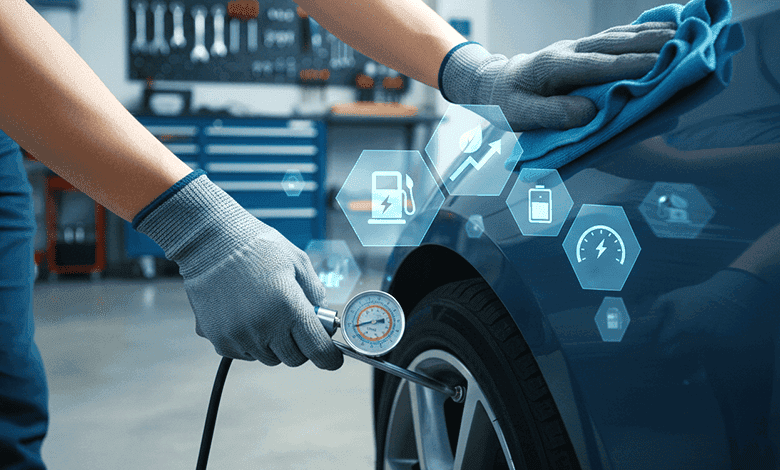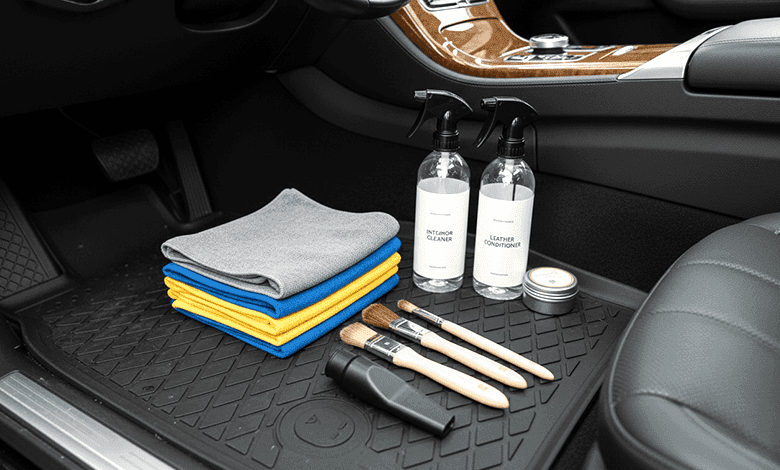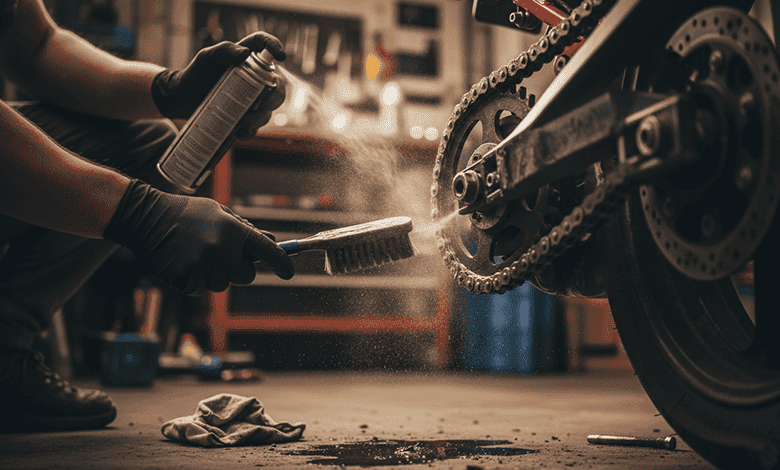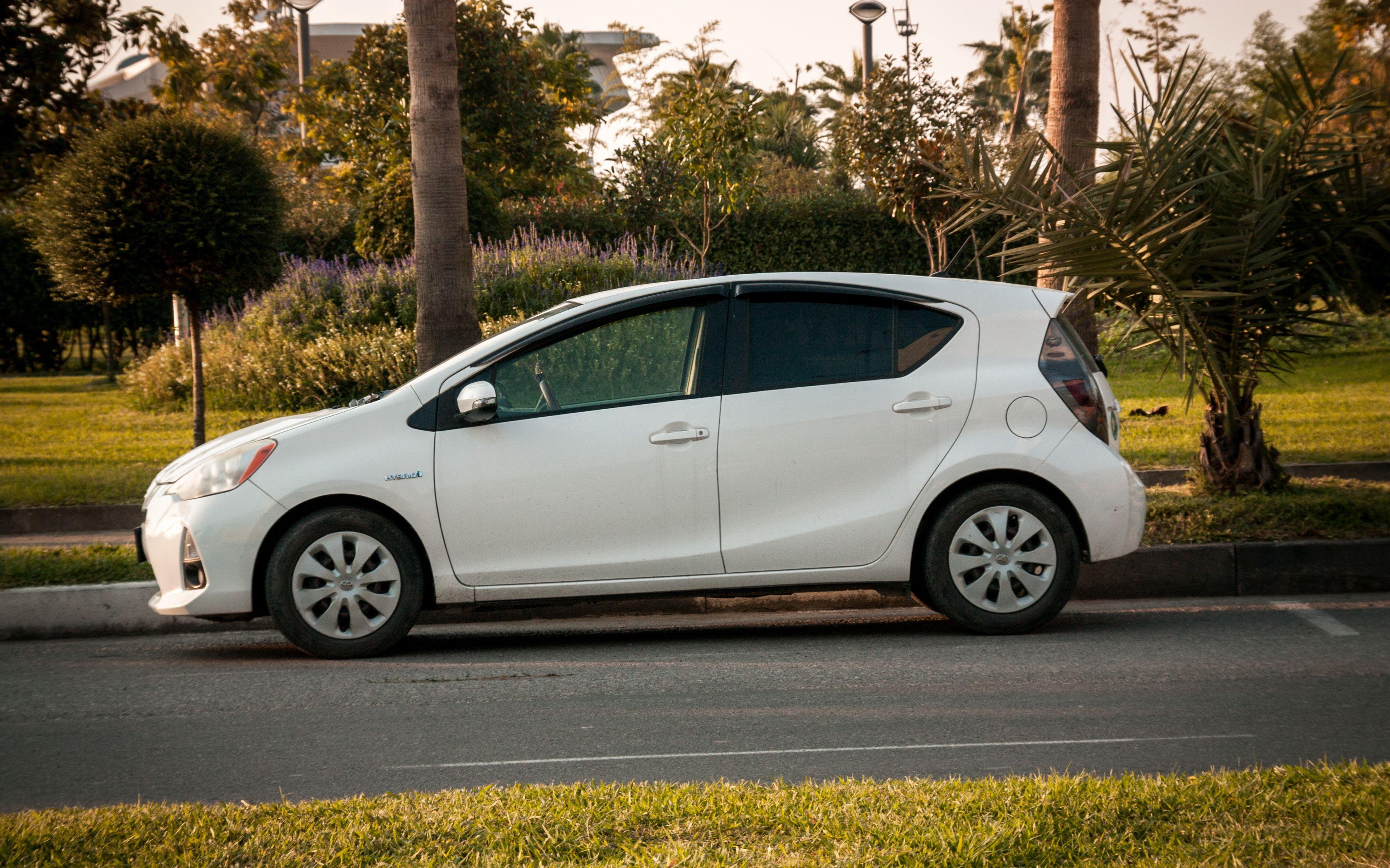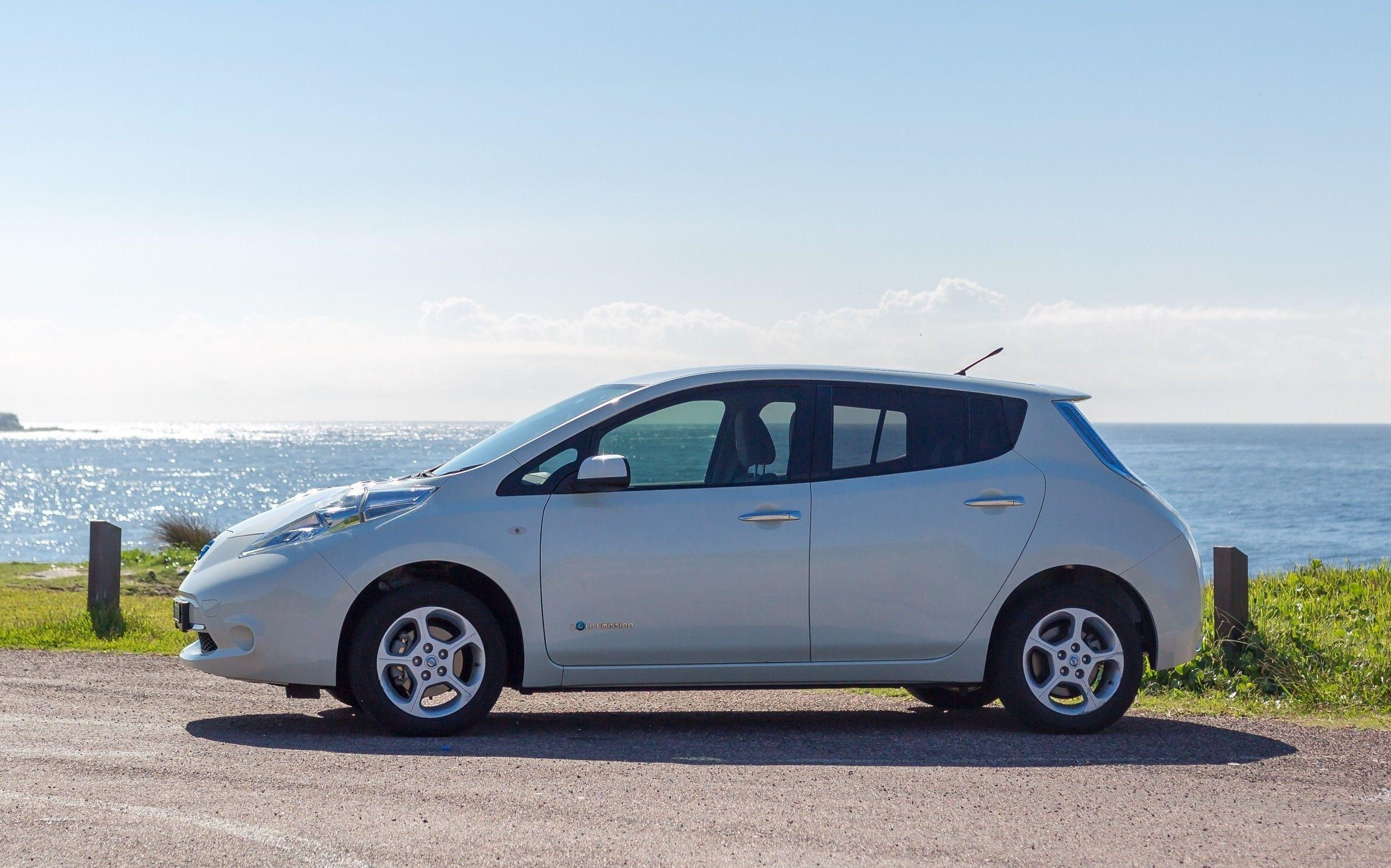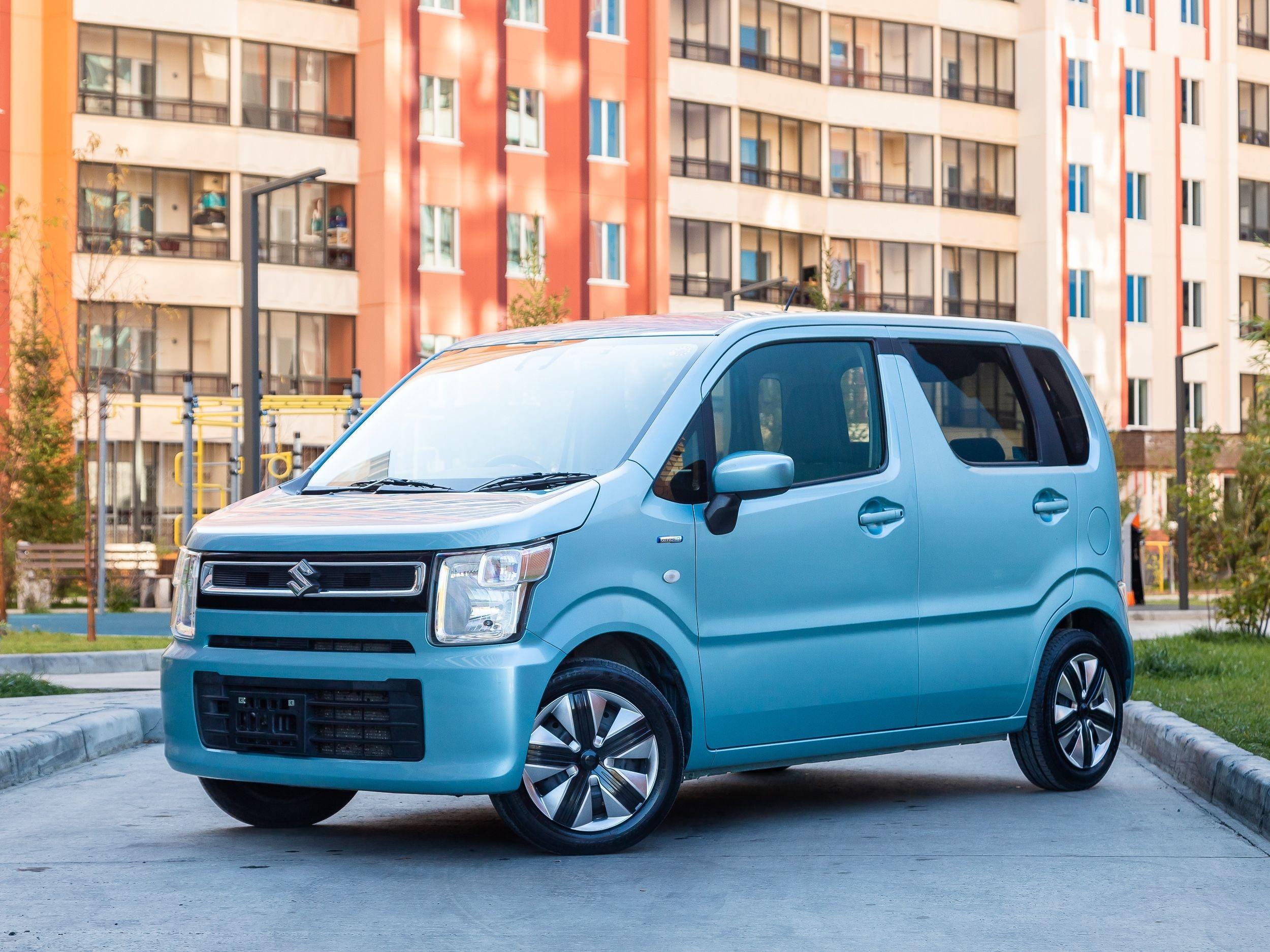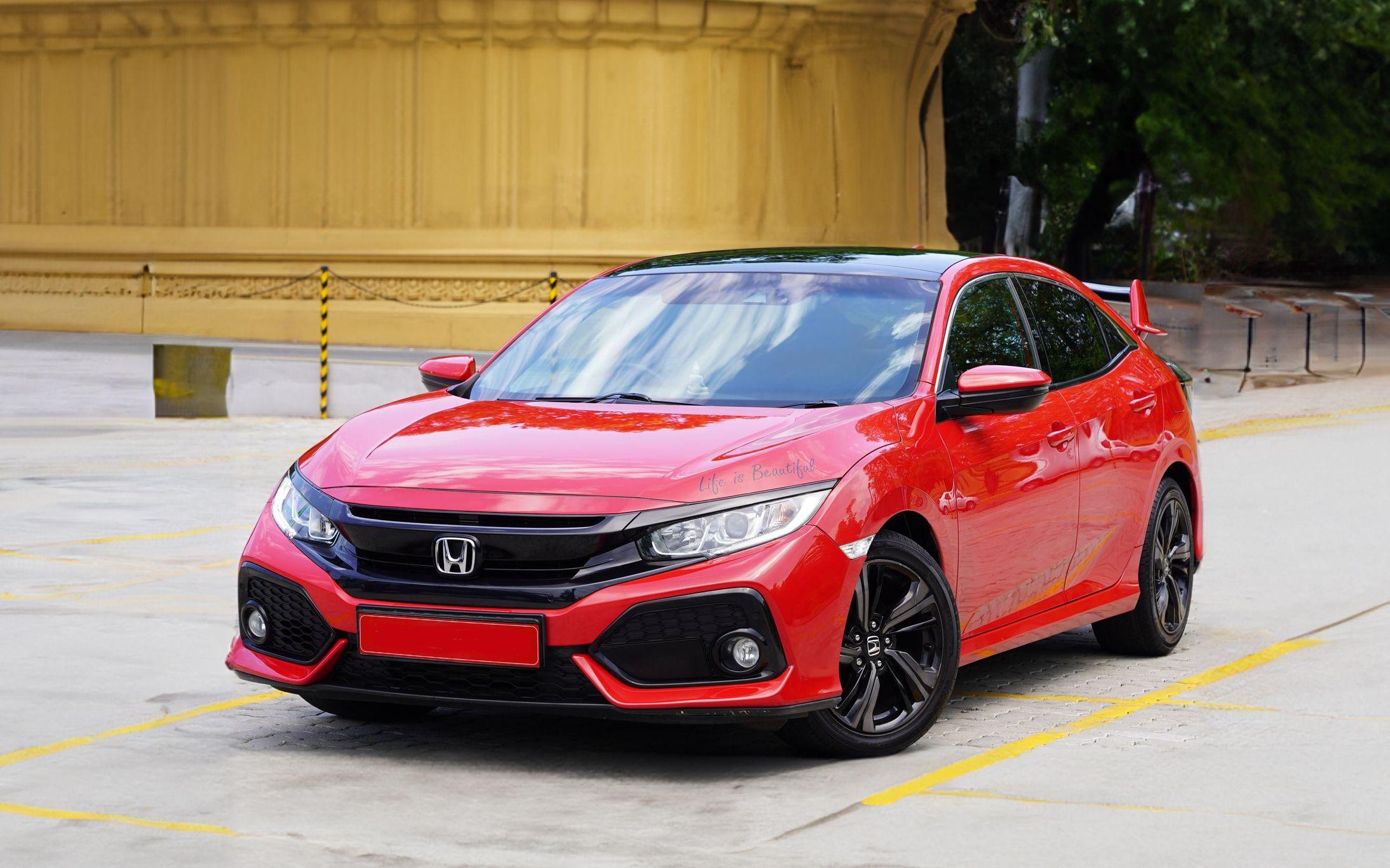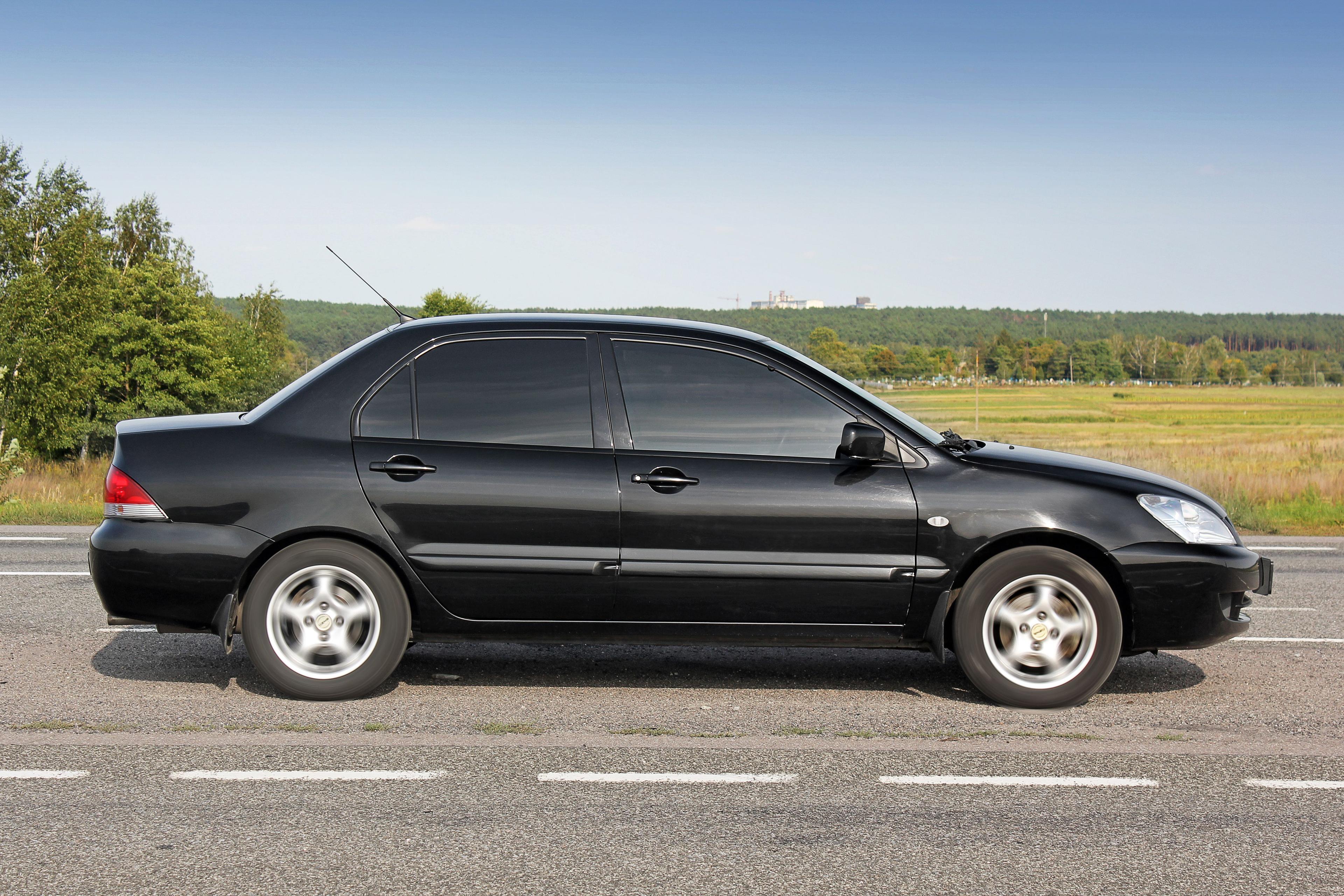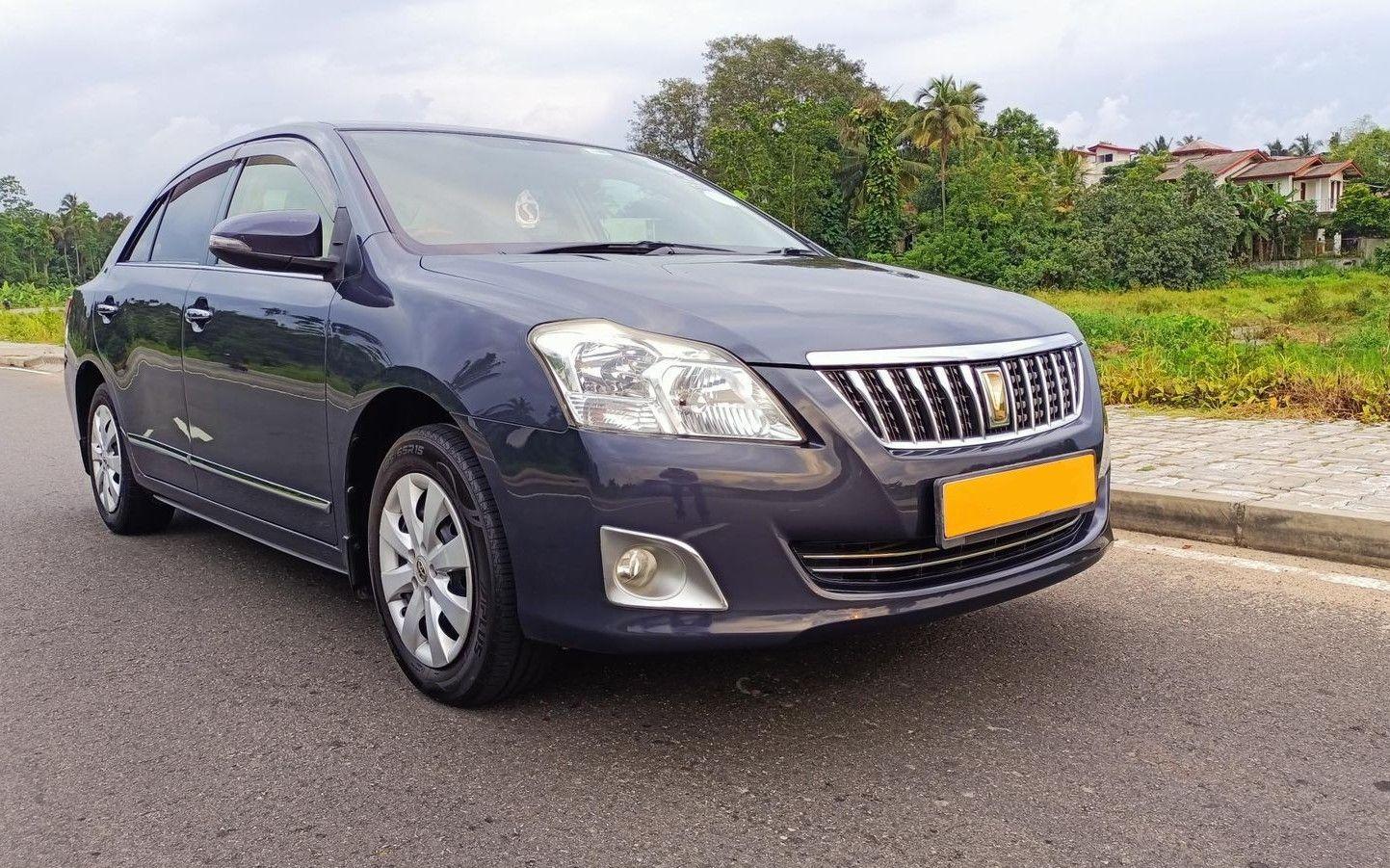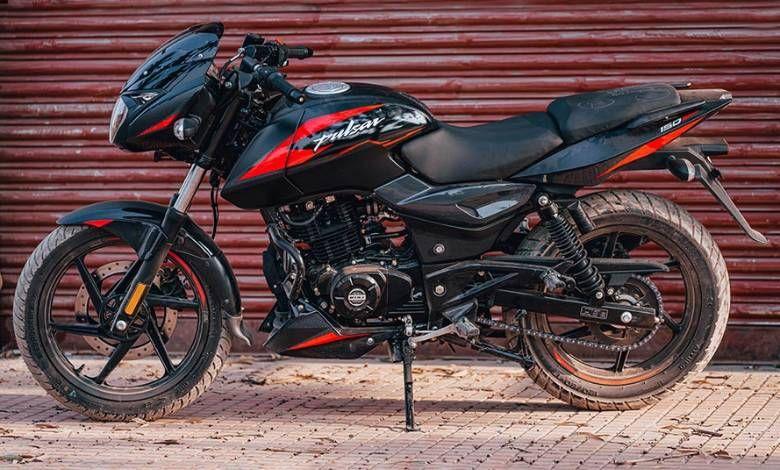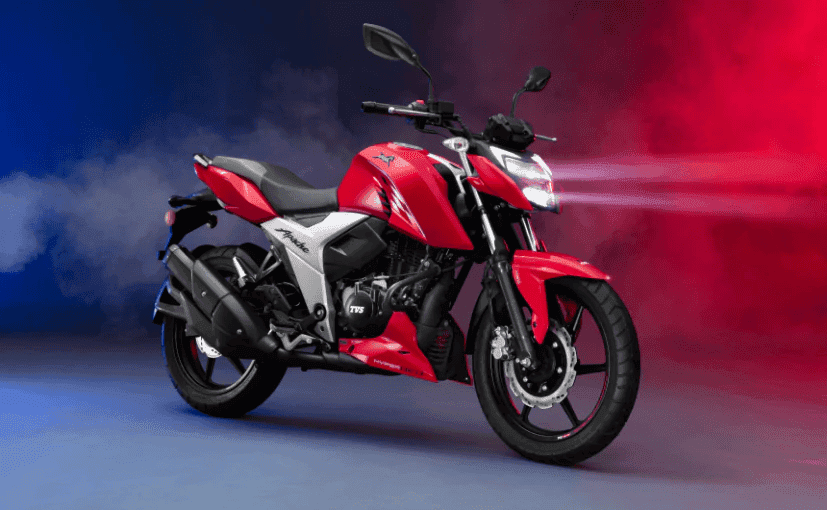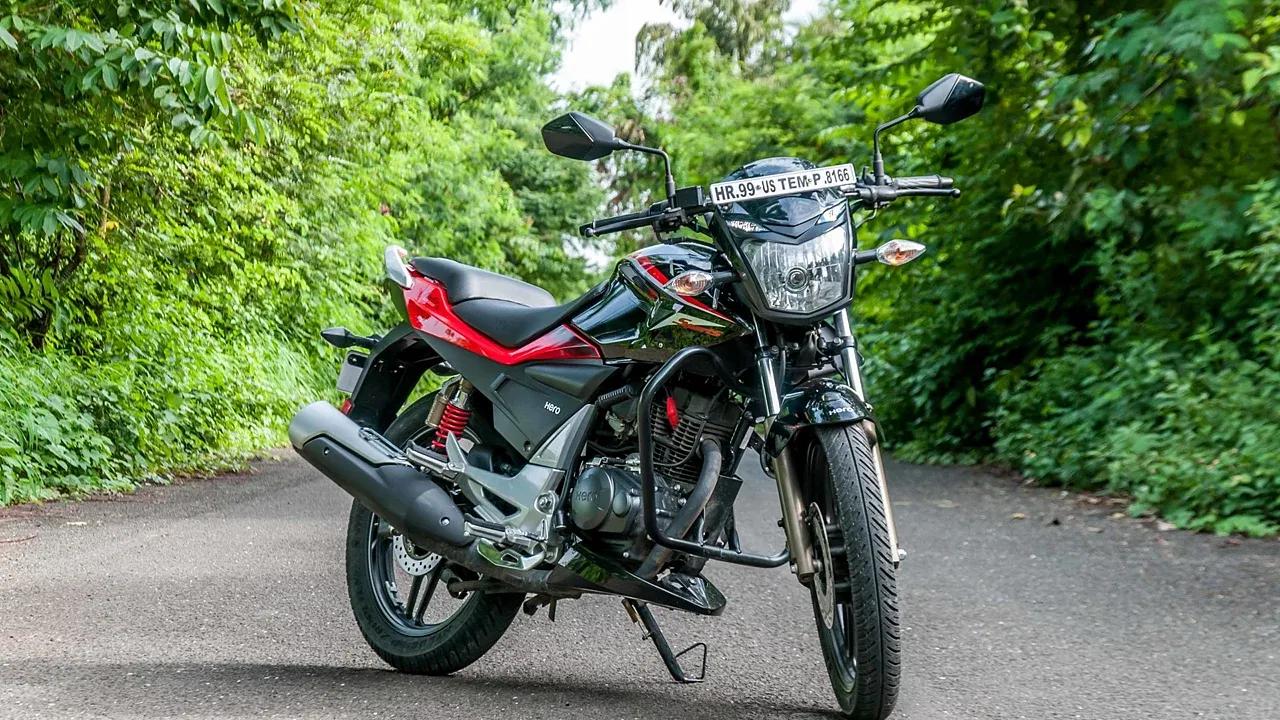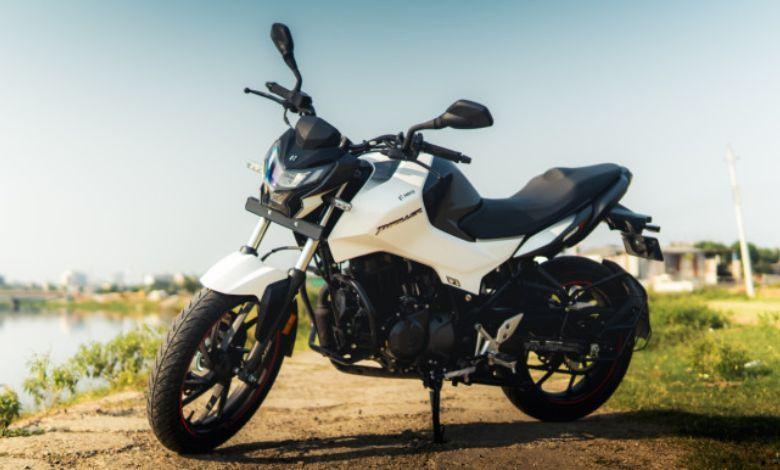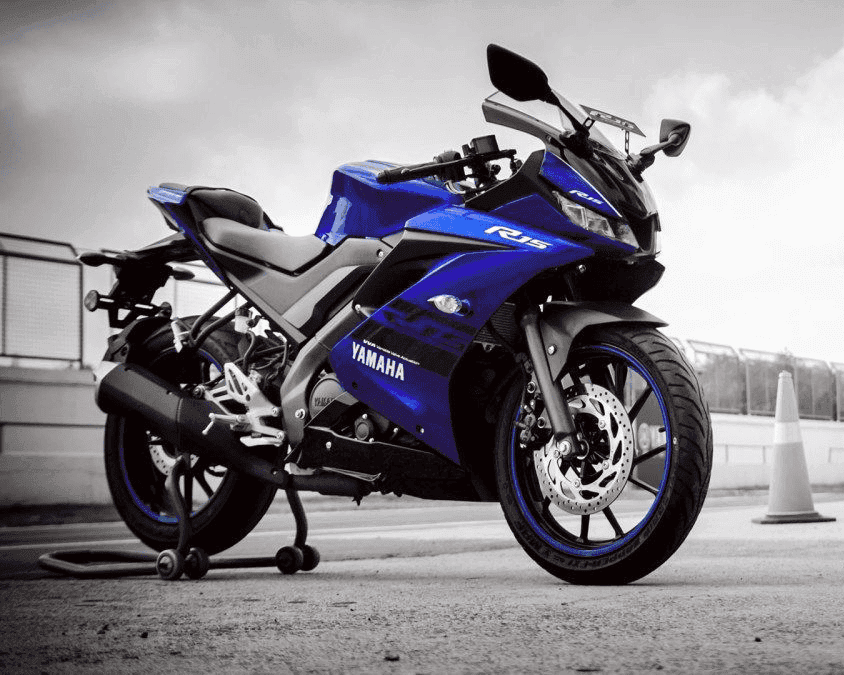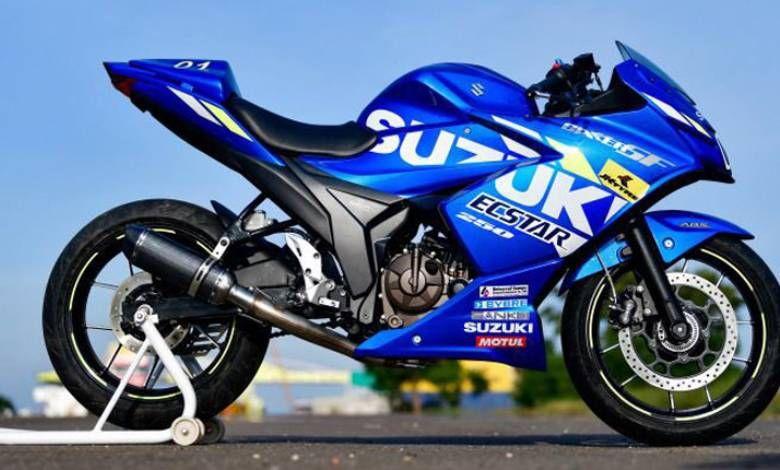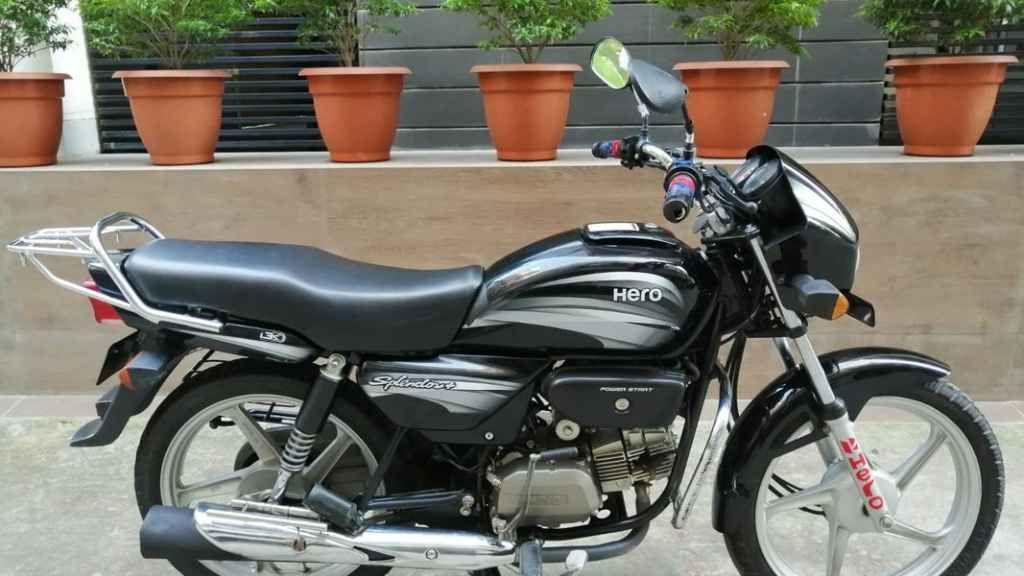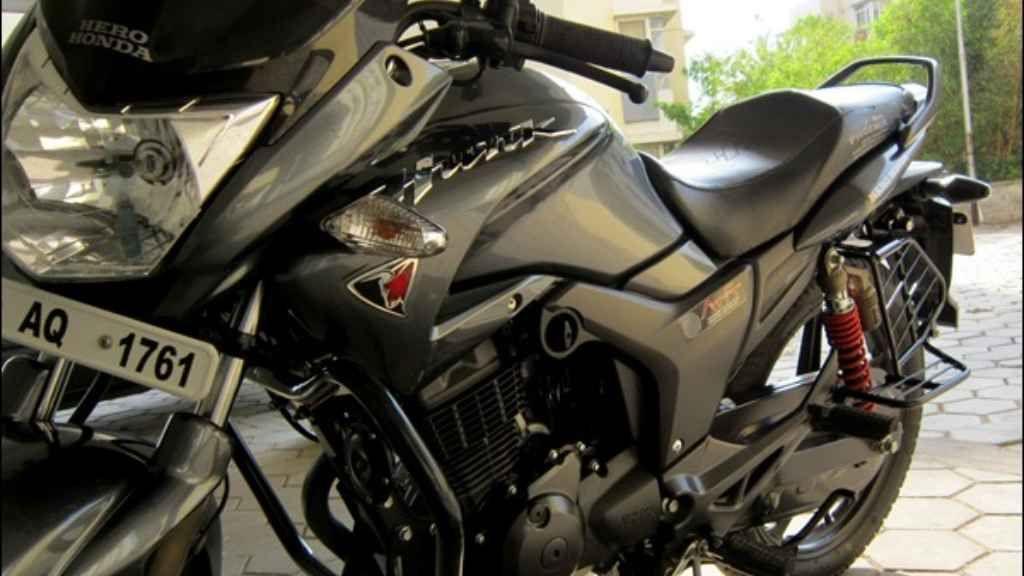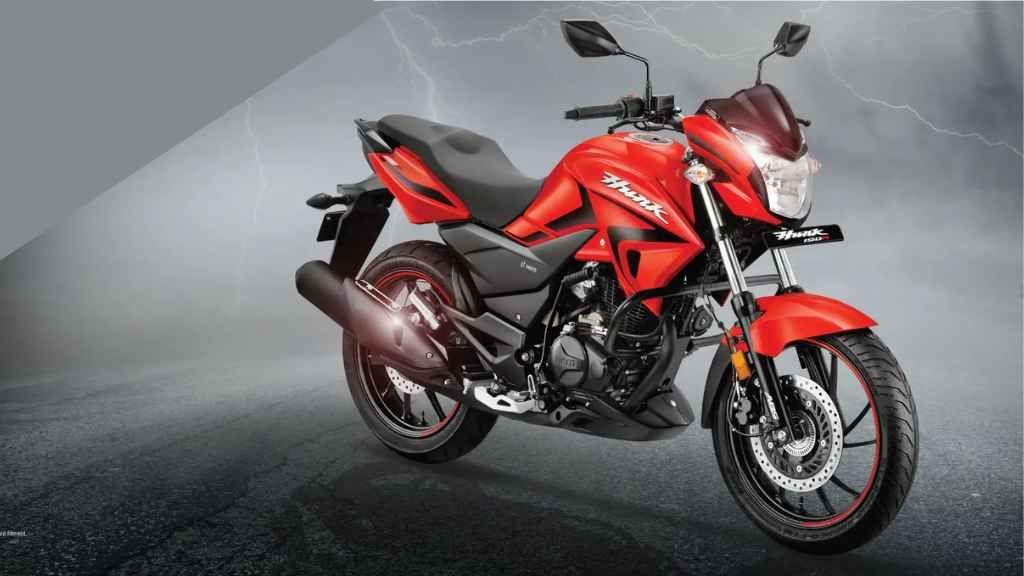Cleaning Your Motorcycle Exhaust Header: A Complete Guide
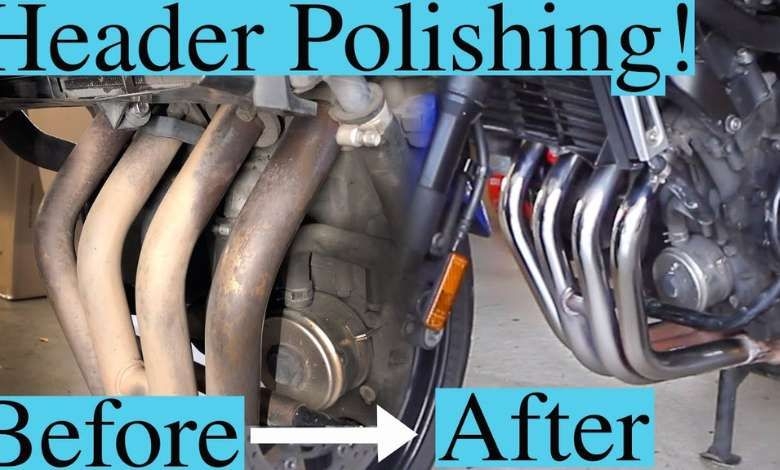
Are you worried about regularly cleaning your motorcycle's exhaust header? Then let's find out how to clean a motorcycle's exhaust header. A motorcycle is a very reliable means of transportation. Using a motorcycle gives riders peace of mind during travel. As a result of use and neglect, its various parts rust. Therefore, dirty parts need to be cleaned regularly. The motorcycle's exhaust header is one such important component. Cleaning the exhaust header can often be quite troublesome. So, today let's learn how to clean your motorcycle's exhaust header. Motorcycle enthusiasts are quite conscious and interested in the regular maintenance of their motorcycles. And this is clearly important for keeping the bike in its best-performing condition. However, the exhaust system or exhaust header can be considered a rather neglected part of a motorcycle. Over time, these exhaust headers get rusty and dirty, accumulating grime and carbon, which not only looks bad but also reduces their durability. Let's discuss the process of how to clean a motorcycle's exhaust header.
How to Clean an Exhaust Header?
Apparently, an exhaust header may not significantly affect a bike's performance, but a motorcycle's exhaust header is strongly linked to overall performance and efficiency as an integral part of the bike. Over time, due to the accumulation of dirt and rust, the bike's lifespan can decrease. A dirty, rusty exhaust header can reduce a motorcycle's performance as well as its aesthetics.
Therefore, regular maintenance of motorcycle exhaust headers, including cleaning and polishing at specific intervals, is important. A clean and shiny exhaust header not only enhances aesthetics but also ensures better performance by working seamlessly with the entire exhaust system. For cleaning the exhaust header:
- A piece of rag or sponge,
- High-temperature paint (if needed),
- Protective spray (optional),
- Safety goggles, and
- Gloves are essential. So first, make sure you have all these materials.
First, gather the tools. Then, place the motorcycle in a well-ventilated area to avoid any fumes. To prevent burn risks, ensure the bike's exhaust header has completely cooled down. Wear protective gloves to shield your hands from chemicals and sharp edges. Also, use safety goggles to protect your eyes from dirt or debris.
How to Clean Rust from an Exhaust Header?
Start by removing any heat shields that may be present on the exhaust header. Some motorcycles have heat shields or extended baseplates attached to cover the exhaust header. If your bike has them, carefully follow the manufacturer's instructions to remove them and set them aside for cleaning. This step will yield better results for cleaning. With the exhaust header exposed, soak the pipes in water and use a wire brush or toothbrush to thoroughly remove any dirt, grime, or carbon buildup from the exterior. Wipe the pipes with cotton or a thin rag to avoid surface scratches. Afterward, spray a mild exhaust cleaner on the headers, focusing on small areas where dirt tends to accumulate easily. Using a soft cloth or sponge, thoroughly scrub the exhaust header. Pay close attention to hard-to-reach areas and ensure all surfaces are properly cleaned. If necessary, use a wire brush or toothbrush to remove any remaining residue. Inspect carefully. If you notice patches of rust, you might need to use a rust remover to address the problem. Follow the instructions provided by the rust remover manufacturer. After scrubbing and cleaning, rinse the exhaust headers with clean water to remove any residue from the degreaser or exhaust cleaner. Then, use a soft cloth to dry them to prevent water spots or corrosion. Take some time to carefully inspect the headers for any damage or marks. If needed, apply high-temperature paint to protect and restore the headers' finish. Alternatively, if the pipes are chrome-coated, a polishing agent can be used to achieve a shiny finish. Once everything is clean, dry, properly polished, and restored to a relatively good condition, reassemble any previously removed heat shields, baseplates, and other components. To maintain the cleanliness and shine of the exhaust header, consider applying a special protective spray designed for metal surfaces before reassembling the parts. Take some time to double-check that all components are correctly screwed and positioned. This will ensure that the exhaust header is properly clean.
This way, cleaning the exhaust header is easily possible. For more important bike advice like this, stay with Bikroy.






